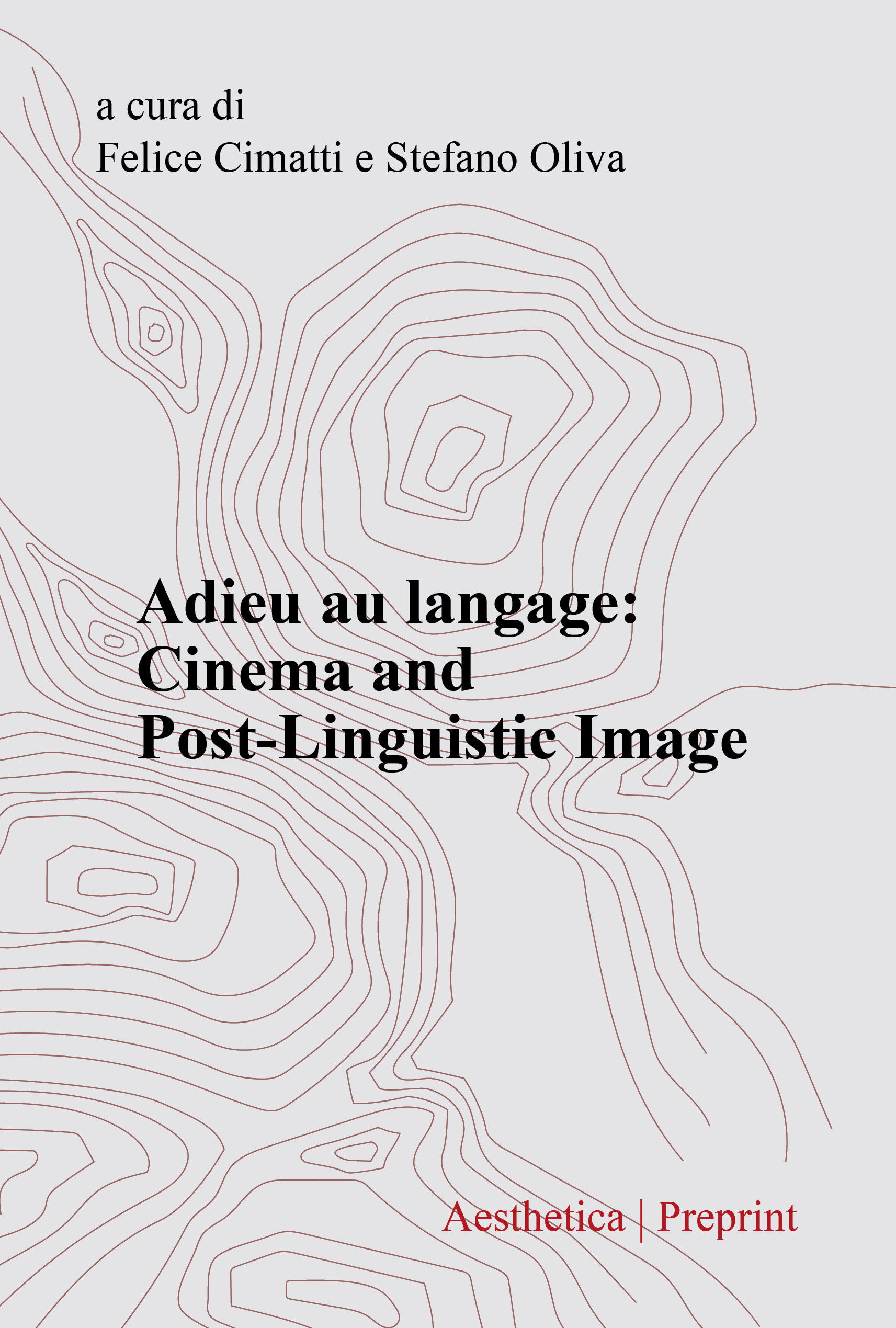Résumé
Despite its birth in a specifically technical sphere, and as partial ‘compensation’ for its mechanical nature, cinema has traditionally been associated with the sphere of the imaginary and the realm of shadows, with accents frequently close to the register of magic and mysticism. Wittgenstein’s philosophy, for its part, has identified the ‘Mystical’ as a specific theoretical notion, connected to the theme of the internal limits of language, to a particular vision of the world (sub specie aeterni) and to a precise emotional tone. These three aspects of the Mystical find expression in certain cinematographic images (see Deleuze 1986, 1989), whose main characteristic is the attempt to overcome the separation between language and world, that is, between a word and its denotation (Bedeutung). Among these images, a particularly evident example is Godard’s film Adieu au langage (2014), in which the use of quotation, the role reserved for animality, and the construction of purely visual situations indicate the possibility of a typically inematographic overcoming of the separation between language and world; that is, what is at stake is not to state what the world is, rather to let the world appear by itself.

